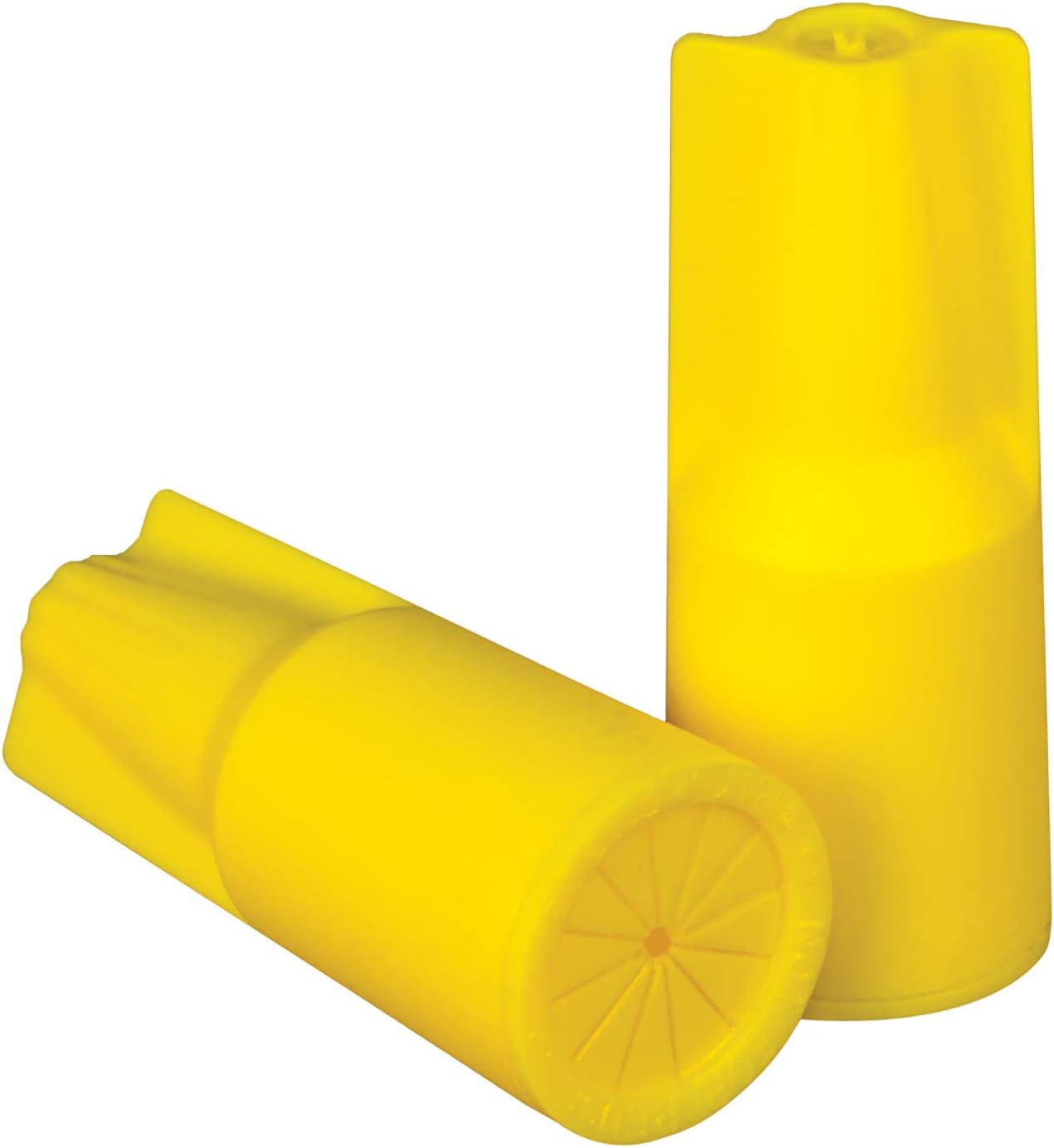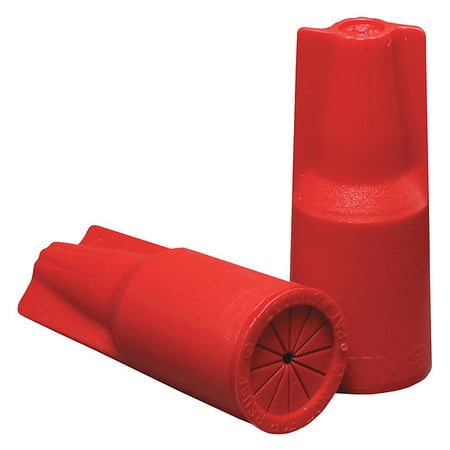


THWN-2 wire, for example, is a standard type for running through underground conduit. In this method, the conduit can be as shallow as 6 inches deep, and the individual conducting wires inside should have a "W" labeling to indicate they are waterproof. Running wire through rigid galvanized metal conduit.At the bottom of the trench, a sweep fitting is attached to the ends of the vertical conduit, and the cable is snaked through the elbows and up into the conduit at both sides. Further, the vertical runs where the cable descends into the ground at the house side and emerges up from the ground at the outbuilding side must be housed in rigid conduit, usually PVC. This is known as direct burial, and if you do this, the UF cable must be at least 24 inches below the surface of the ground, to minimize the chance of the cable being pierced by routine shoveling. Laying UF (underground feeder) cable directly into the ground.The Spruce Home Improvement Review Board.Data transmission wires (telephone, internet, etc.) must be at least 10 feet above the surface of the water in pools, spas, and hot tubs.Electrical service wires overhanging a pool, spa, or hot tub must be at least 22 1/2 feet above the surface of the water or surface of the diving platform.Buried wiring runs that transition from underground to above ground must be protected in conduit from the required cover depth or 18 inches (whichever is less) to its termination point above ground, or at least 8 feet above grade.Low-voltage wiring (carrying no more than 30 volts) must be buried at least 6 inches deep.


This receptacle must have GFCI protection. The receptacle must be no higher than 6 1/2 feet above the pool deck. A permanent swimming pool must have access to an electrical receptacle that is no closer than 6 feet and no further than 20 feet from the closest edge of the pool.This cover provides sealed weather protection even when cords are plugged into the receptacle. Receptacles in wet locations (exposed to weather) must be weather-resistant and have a weatherproof "in-use" cover.Receptacles in damp locations (under protective covers, such as a porch roof) must be weather-resistant and have a weatherproof (weathertight) cover.As a general recommendation, houses also should have a receptacle at each side of a deck or balcony, accessible from the ground. Attached decks and balconies with interior access (including a door to the indoors) must have a receptacle no more than 6 1/2 feet above the deck or balcony walking surface.They must be readily accessible from the ground and positioned no more than 6 1/2 feet above grade (ground level). Homes must have at least one outdoor receptacle at the front and rear of the house.The required GFCI protection can be provided by GFCI receptacles or GFCI circuit breakers. Specific exceptions may be made for snow-melting or deicing equipment, where the equipment is powered by an inaccessible outlet. GFCI (ground-fault circuit-interrupter) protection is required for all outdoor receptacles.


 0 kommentar(er)
0 kommentar(er)
